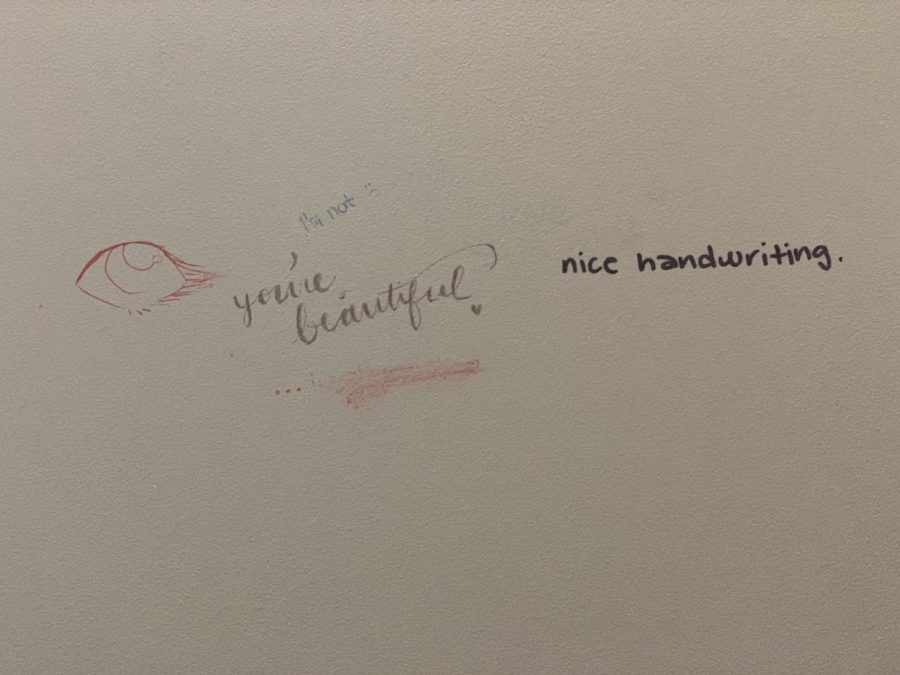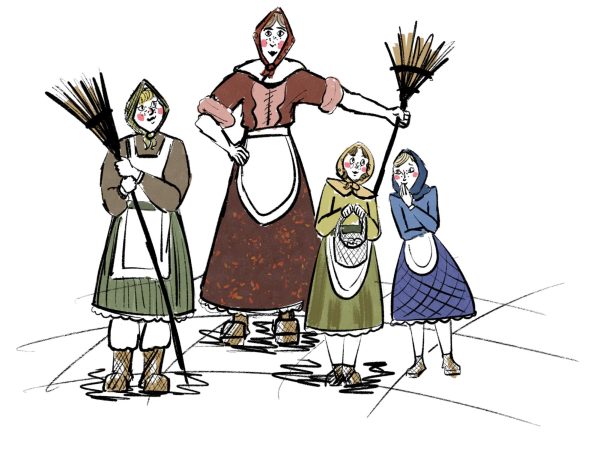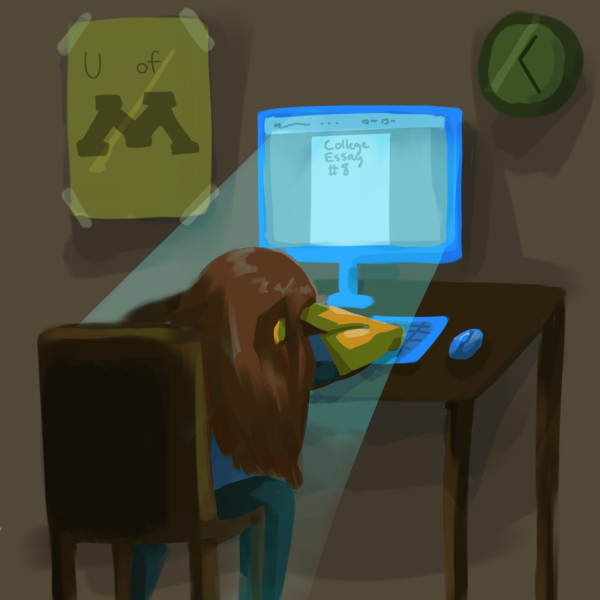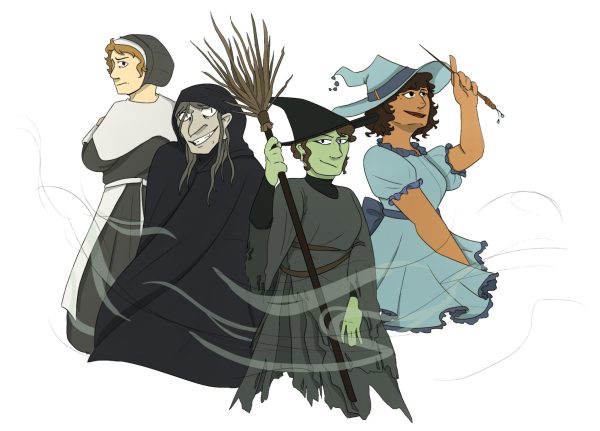Bathroom Graffiti Leaves Kind Messages In The Midst Of School Negativity
Minnetonka students leave nice notes.
September 27, 2019
When looking at our school’s bathroom stalls, the walls are covered in graffiti. The walls act as a message board for students to vent their latest sexual ventures, words of encouragement, or bouts of negativity and low self-esteem; sure enough, the negative comments have been on the rise.
According to the Advisory Board, adolescents and young adults have been afflicted with a 5% increase in symptoms of major anxiety and depression since 2009; this is no surprise when considering the stress of the modern school climate and expectations placed on today’s youth. The increasing burden placed on teens has distorted their perception of success. “Teen stress [today] rivals that of adults”, an APA survey revealed.
But there is a silver lining: mental health consultant and psychologist April Brandt, LICSW, says that anxiety and depression is “not [as] stigmatized these days” so people like our graffiti artists “are more willing and able to reach out.” Writing on the stalls is a way for Minnetonka students to voice their struggles anonymously – they can be heard without external interference.
In the 2018-2019 school year, the bathroom stall graffiti continued to accumulate until the school painted over and washed away the messages. This strays into morally ambiguous territory: by removing the students’ comments, the school is essentially silencing their voices; but at the same time the students’ messages are anonymous, so they can’t follow up with each individual comment. And, as Brandt said, these cries for help can obstruct positivity and “reinforce negativity, which kids don’t need anymore [of].” With bathroom stalls acting as an echo chamber for negativity, the school’s decision to remove the graffiti is justifiable.
But it’s one thing to temporarily erase negativity: how can the school reinforce and cultivate positivity? McKenna Egger, ‘20, a leader in the MHS Wellness Club, has a solution: have students create decals intended to “shift focus to something more positive” and paste them on the bathroom stalls.
Eggers’ project is one way to combat the recent mental health epidemic that adolescents face, but the definitive solution lies in treating the source: students’ anxiety and depression. That means reframing stress, adjusting expectations, and treating each other with greater compassion; but until then, the Wellness Club’s initiative is a good start to tackling the negativity that plagues our generation.






























